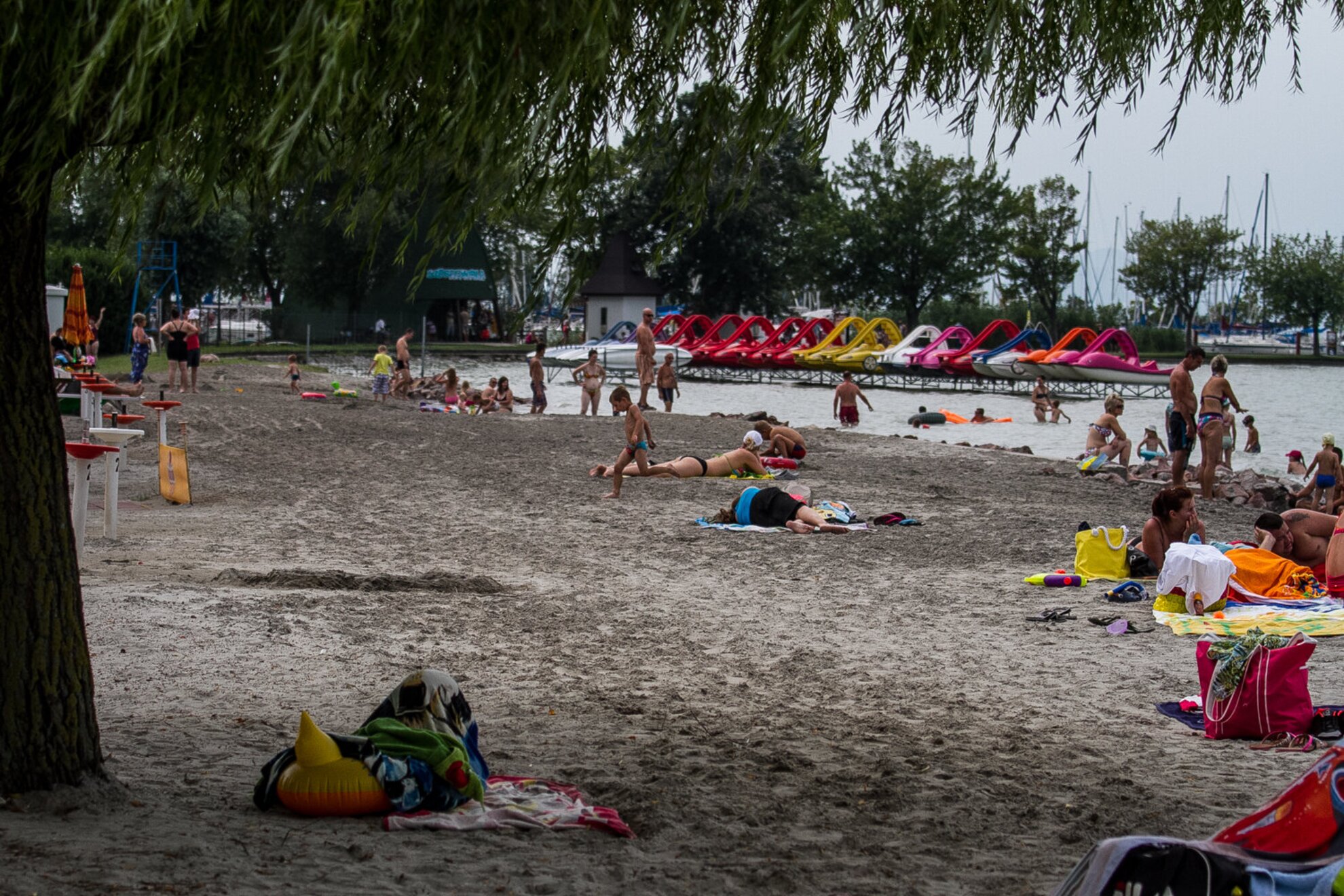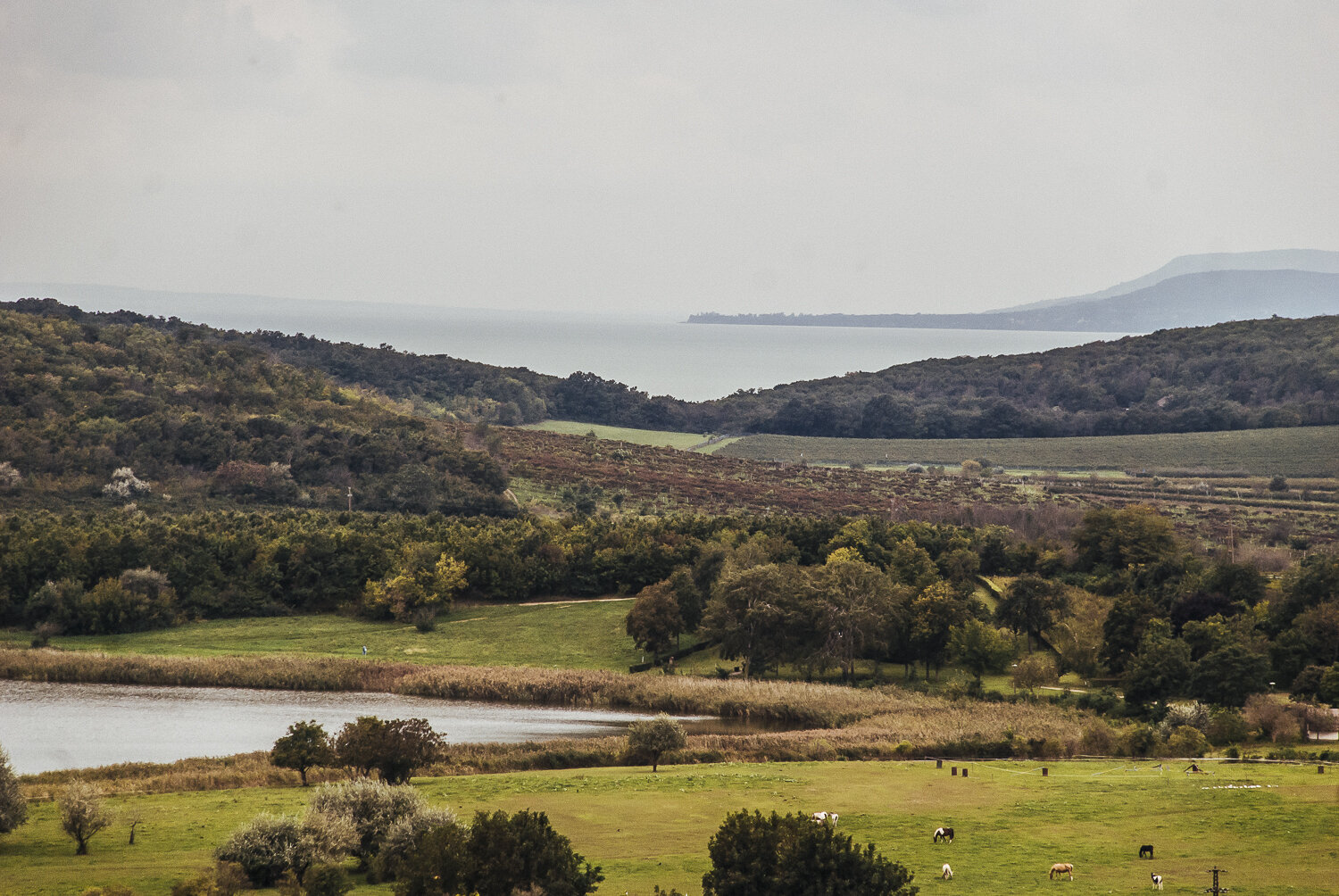You find the best stories about the Balaton when talking to locals. We will also continue to collect local legends throughout the summer, but now we'd like to recount three stories worth knowing. Did you know that there is an ice cave near Lake Balaton, where dragons used to live? And why the once gigantic clams you can find on the Tihanyi Peninsula remind of goats' hooves?
The secret of the dragon's cave
North of Lake Balaton, in the side of Szent György Hill, there is a 32-metre-long, 10-metre-deep hole that came to be among the debris of collapsed basalt columns. The peculiarity of the cave is that it remains decidedly freezing and icy even on the hottest summer days, so it is off-limits to everyday people: only cavers bring word of this extraordinary natural phenomenon.
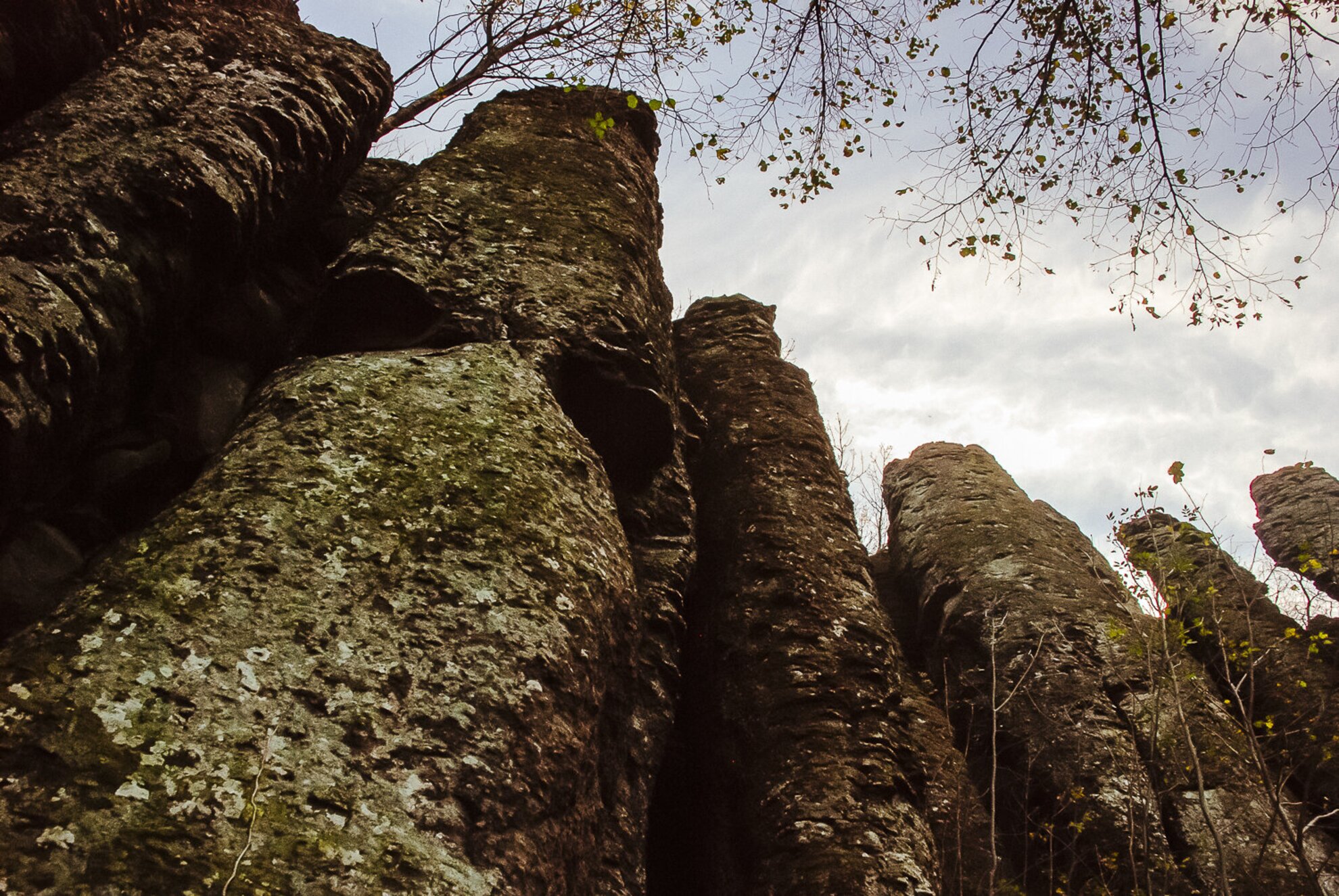
Small wonder that locals have woven their own stories around the inaccessible Ice Cave: according to the tales, there used to be dragons living here once upon a time, who were killed by Saint George, the Dragonslayer, after whom the hill was named. The Ice Cave, or in popular speech Dragon Cave is found by the the second station of the 4-km study trail that winds around Szent György Hill.
The legend of Tihany's goats' nails
The goats' nails (or hooves) found around Tihany are remnants of a prehistoric clam species (Congeria ungula caprae) that used to live in the Pannon Sea. The clams were originally larger in size, but only their hard, triangular corners (looking like animal claws) have survived. Back between the two world wars, children used to sell the "nails" by the handful to tourists, but there are only a few who remember this today.
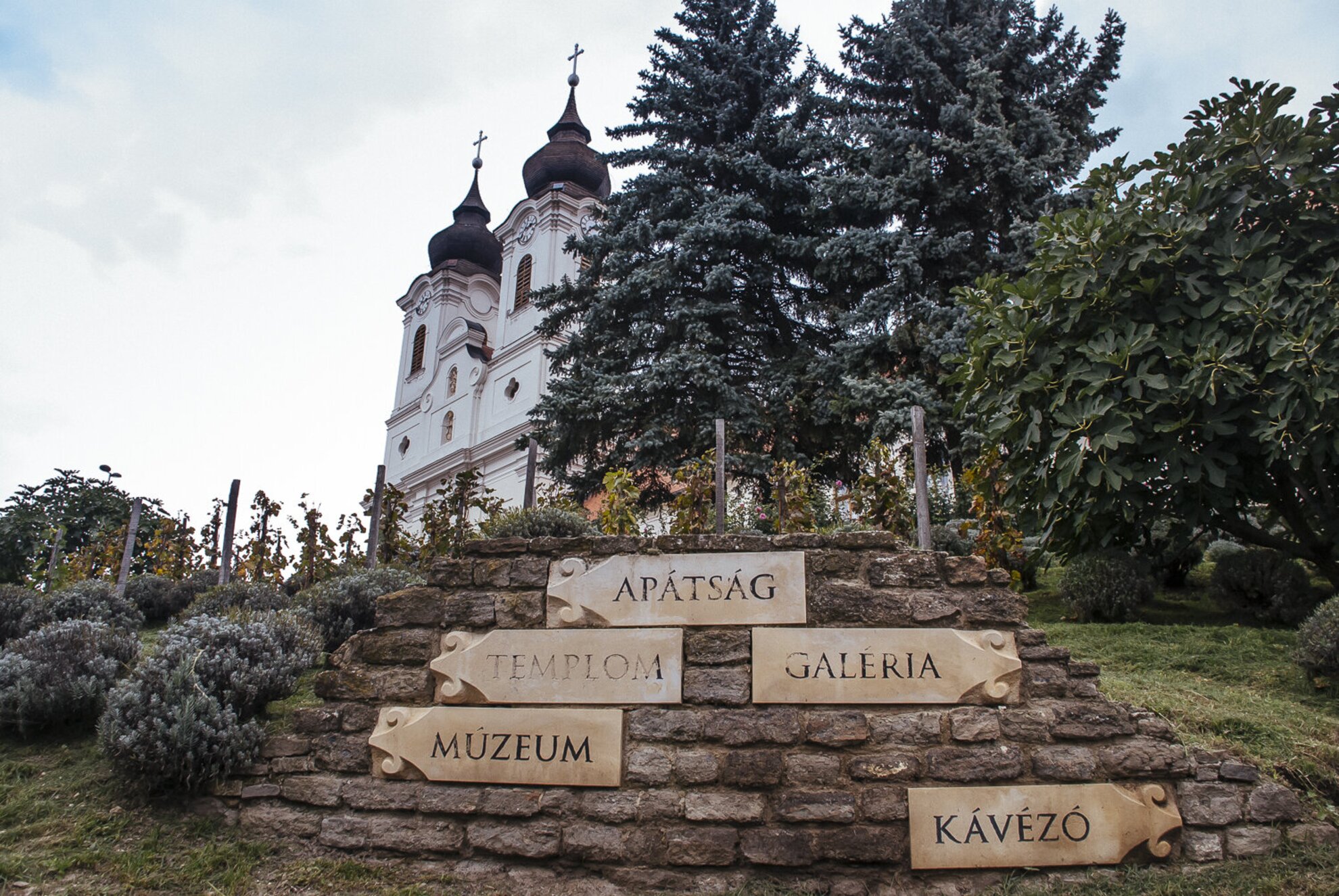
There are numerous legends about the goats' nails. One of the most widespread is based on a tale by János Garay. The legend tells the story of a princess with golden-haired goats and the son of the King of the Lake/Fairy of Balaton, who was pining for her until he died of heartbreak. The King, in revenge of the loss of his son, put a curse on the girl: driving the herd into Lake Balaton, which "has been washing up goats' nails every since."
You can learn more about this legend at the Tihany's Levendula Ház.
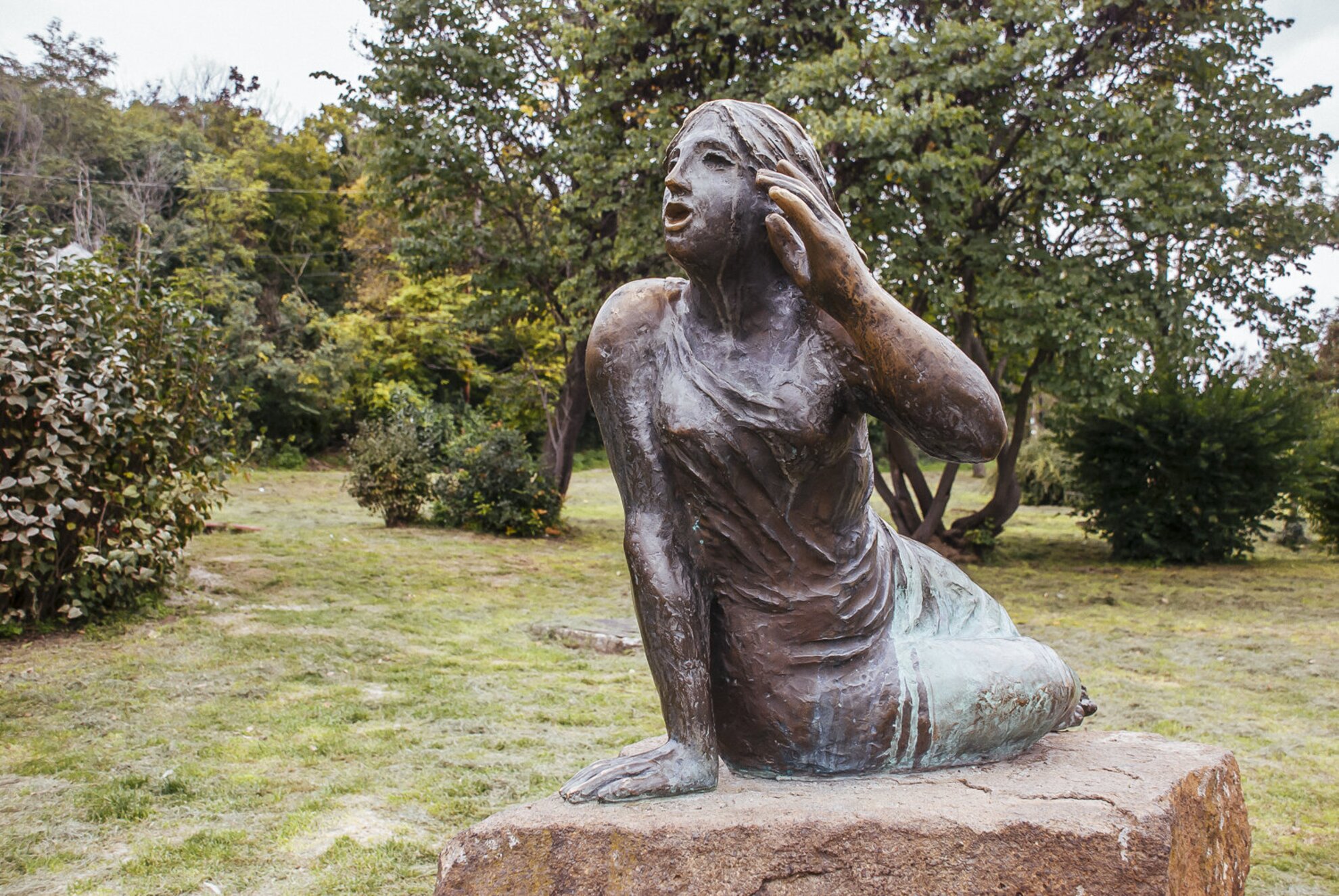
Balatonlelle's legend
The popular summer resort of the south shore, Balatonlelle was already mentioned in the Papal registry of tithe of 1332-37 as Lelye and Belye, but there is a more intimate alternative to dry historical facts when it comes to the history of the town. Once upon a time, there lived a shepherd called Balaton. He was known as an honest man, people liked his company. Balaton was raising his daughter, Lelle alone. One day, they were cursed by an evil woman, who was jealous of the girl's beauty ad kindness - and in spite efforts, no one could remove it.
